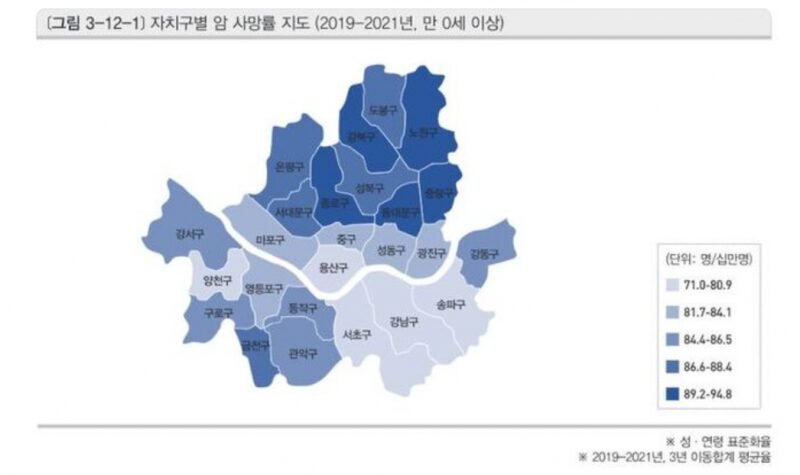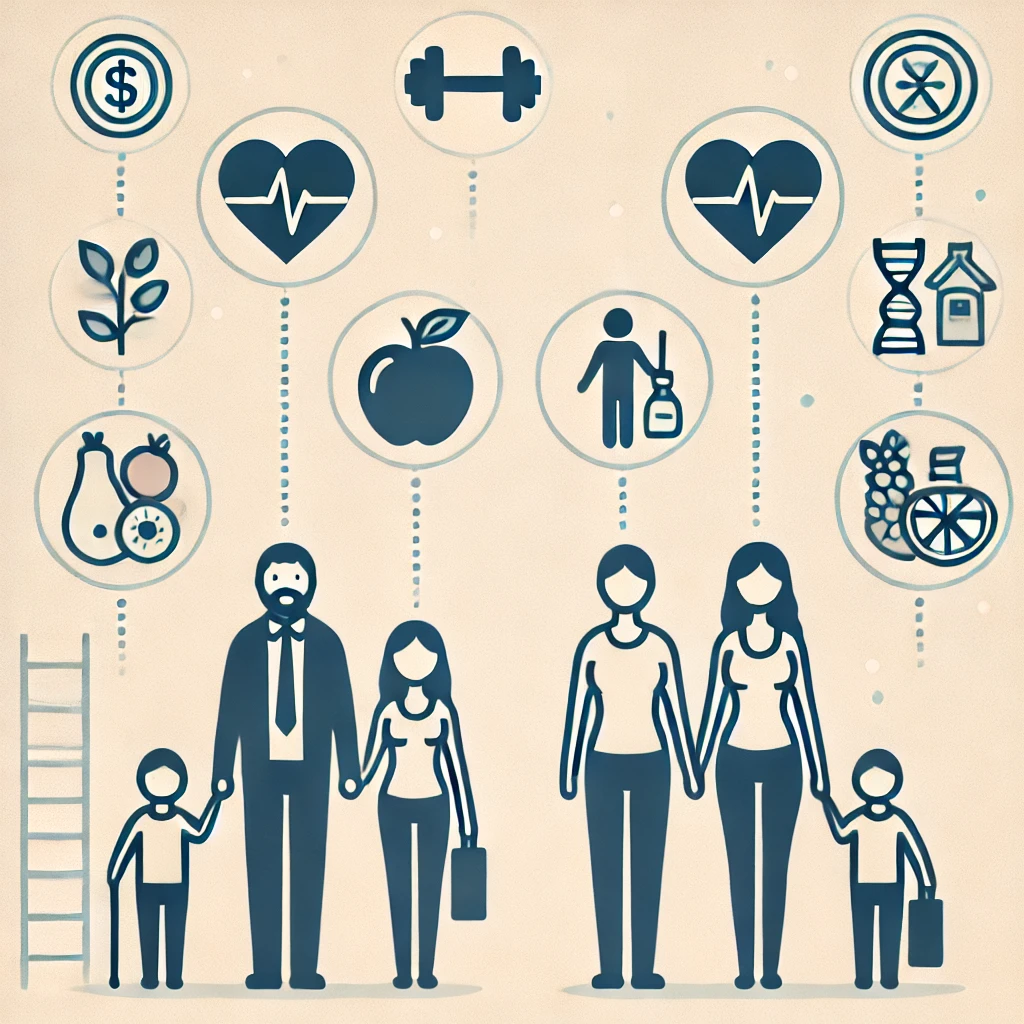The Correlation Between Income Level and Life Expectancy (Focusing on Cancer and Metabolic Diseases)
Although I do not practice medicine nor lecture on clinical subjects, I teach theoretical pathology, and thus I consistently research the causes and prevalence of diseases.
In South Korea, the top two causes of death are cancer and cardiovascular diseases, whereas in Western countries, it is cardiovascular diseases followed by cancer. Despite this difference, both regions share these as major causes of mortality. So, why do people develop cancer?
To explain it simply and not at the molecular level, cancer often affects those who live relentlessly stressful and hardworking lives. While genetic predisposition plays a role in the likelihood of developing specific types of cancer, whether one actually gets cancer significantly depends on lifestyle choices.
Cells in people who lead relentlessly hardworking lives are physiologically exposed to environments where mutations are more likely to occur over prolonged periods.
Mutations in normal cells can lead to the formation of cancer cells, which then continue to proliferate uncontrollably. Cardiovascular and metabolic diseases share similar characteristics.
People who adopt poor eating habits to manage their workload or stress, and who lack time for exercise, are more prone to developing metabolic diseases.
The common factor in the development of both cancer and metabolic diseases is a “life without leisure.”
Unfortunately, leisure often comes from financial stability.
This is why there are disparities in cancer mortality rates and average life expectancy among different districts within Seoul.
According to the ‘2022 Seoul Health Disparity Monitoring’ report recently published by the Seoul Public Health Foundation, the districts known as the ‘Gangnam 3 Districts’ (Gangnam, Seocho, and Songpa) recorded the lowest cancer mortality rates. Conversely, the highest cancer mortality rate was recorded in Gangbuk District, with 94.8 deaths per 100,000 people between 2019 and 2021. Jungnang District (93.2) and Dongdaemun District (90.4) followed closely. Gangnam District had the lowest rate at 71.

Comparing the overall Seoul area with other cities or rural areas reveals significant differences.
These statistics confirm that longevity is not rooted in residing in areas with good water and air quality.
The results appear to suggest that higher income levels invariably lead to longer life spans. However, this is likely because a larger proportion of higher-income individuals tend to have more leisure time.
What I aim to convey in this article is that “even if your income is low, it’s okay as long as you have leisure.”
For the original Korean text, visit here.
If you’re curious about the basics of traditional Korean medicine and health, read the following article:
Learn Why Studying JangSang Medicine is Important.
Frequently Asked but Silly Questions (Foods Good for the Liver??)
Thank you for reading.



